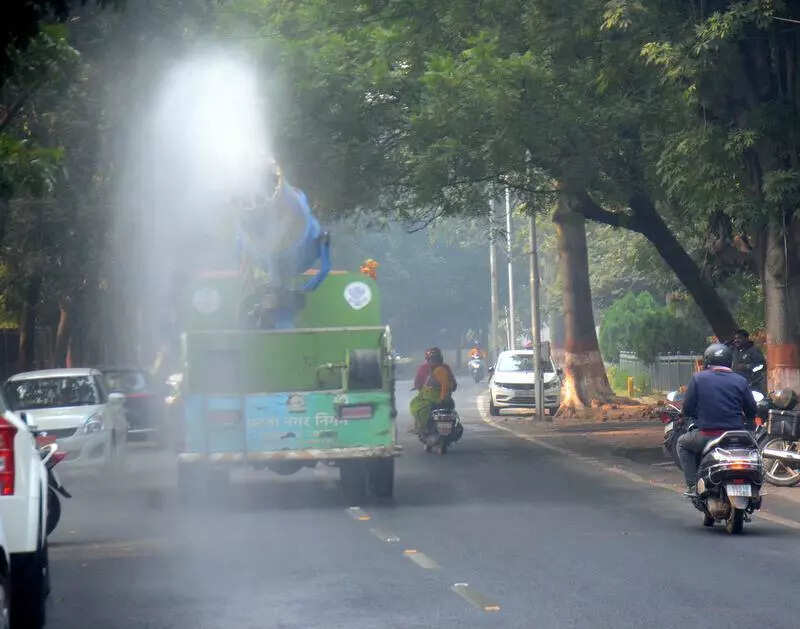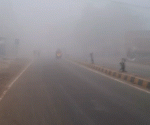Bihar’s Hajipur and Saharsa Confirmed as India’s Most Polluted Cities – Air Quality Hits Dangerous Levels | – Times of India

Patna: Two Bihar cities – Hajipur and Saharsa – recorded the worst air quality in the country on Wednesday with air quality index (AQI) levels of 345 and 332, respectively, placing them firmly in the “very poor” category. Out of five cities nationwide in this range, two were from Bihar. Nine other towns in the state, including Patna, fell into the “poor” AQI zone. However, Rajgir offered a glimmer of hope with “satisfactory” air quality, registering an AQI of 76.
The deteriorating trend in air quality across the state has raised alarms. Hajipur, particularly, has been grappling with “very poor” air for three consecutive days while Saharsa became a new entrant to this category. Speaking on the causes, Bihar State Pollution Control Board (BSPCB) chairman D K Shukla highlighted the interplay of natural and man-made factors.
“Man-made factors contribute only 30% to the worsening air quality whereas meteorological conditions account for nearly 70%,” Shukla said. He attributed the decline in Hajipur’s air quality to extensive construction activities compounded by weather phenomena like reduced wind speed and lower air mixing heights during winter, which trap pollutants closer to the ground.
Despite the challenges, there has been some progress in Hajipur. Shukla pointed out that the city’s air quality had improved compared to earlier days when it entered the “severe” category with AQI levels exceeding 400. “Steps like water spraying and other mitigation measures have helped bring AQI levels below 400. If the weather remains stable, we expect further improvement in the coming fortnight,” he said.
According to experts, weather conditions dominate air quality, making efforts to combat pollution particularly difficult in winter. “Meteorological factors are beyond our control. We can only address the 30% contribution from human activities, such as construction dust, vehicle emissions and industrial pollution,” Shukla said.
The deteriorating trend in air quality across the state has raised alarms. Hajipur, particularly, has been grappling with “very poor” air for three consecutive days while Saharsa became a new entrant to this category. Speaking on the causes, Bihar State Pollution Control Board (BSPCB) chairman D K Shukla highlighted the interplay of natural and man-made factors.
“Man-made factors contribute only 30% to the worsening air quality whereas meteorological conditions account for nearly 70%,” Shukla said. He attributed the decline in Hajipur’s air quality to extensive construction activities compounded by weather phenomena like reduced wind speed and lower air mixing heights during winter, which trap pollutants closer to the ground.
Despite the challenges, there has been some progress in Hajipur. Shukla pointed out that the city’s air quality had improved compared to earlier days when it entered the “severe” category with AQI levels exceeding 400. “Steps like water spraying and other mitigation measures have helped bring AQI levels below 400. If the weather remains stable, we expect further improvement in the coming fortnight,” he said.
According to experts, weather conditions dominate air quality, making efforts to combat pollution particularly difficult in winter. “Meteorological factors are beyond our control. We can only address the 30% contribution from human activities, such as construction dust, vehicle emissions and industrial pollution,” Shukla said.
















